Fred Herzog – Canadian Legend
Fred Herzog was born Ulrich Herzog in Stuttgart, Germany in 1930 and spent his childhood in Rottweil, Germany. He lost both of his parents during and directly after the war, and in 1946 Herzog went to work as an apprentice in his grandparents’ hardware store. Disillusioned by the ravages of war and the situation in Germany, he immigrated to Canada in 1952 and settled in Vancouver in 1953. During the next several years. Herzog studied photography magazines while working aboard ships for the CPR steamship line, and in 1957 he was hired as a medical photographer at St. Paul’s Hospital. In 1961, he became the head of the Photo/Cine Division in the Department of Biomedical Communications at UBC, and in 1970 was appointed Associate Director of the Department. Herzog was also hired as an Instructional Specialist in the Fine Arts Department at Simon Fraser University in 1967, and in 1969 became an instructor in the Fine Arts Department at UBC.
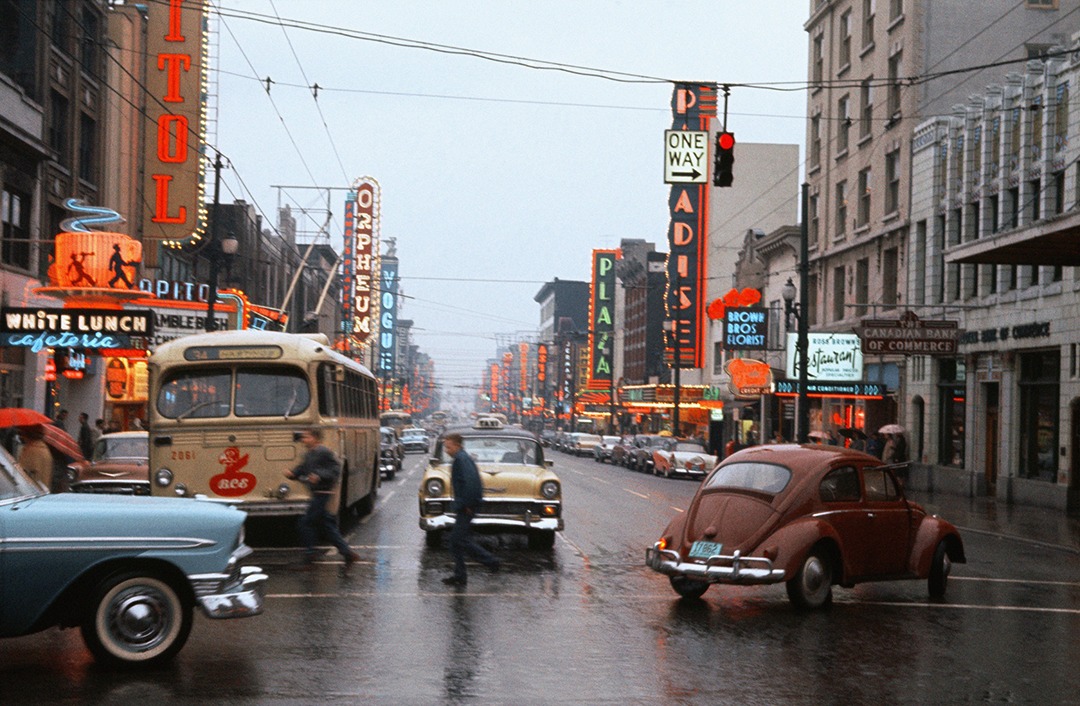
Father of Color?
Well, the arguments between the fanboys of both William Eggleston and Fred Herzog to claim that moniker is intense. Certainly Eggleston was better known. But as far as Kodachrome goes, Fred Herzog certainly rules that lane for street/art photography. Herzog had a walking route through Vancouver that enabled him to build friendships with other photographers and neighborhood residents and gave him an acute understanding of the daily life and soul of Vancouver, which remained his tiny kingdom for decades. Over the course of those several decades, Herzog produced a substantial body of color photographs, pretty much sucking in all that urban life had to serve up. Although a New Yorker or Parisian might argue using the term “urban” and Vancouver in the same sentence. Herzog’s use of color was very unusual in the 50’s and 60’s, when fine art photography was almost exclusively associated with black and white photography. Plus, Herzog photographed using that super intense Kodachrome slide film, that was extremely difficult to print. Although printing from positive film was invented by Dr. Bela Gaspar, who created Gasparcolor, it was a rare process. In the 1960’s, when the patents eventually ran out, the new Cibachrome process was produced by the Ciba Geigy Corporation. But for decades, Fred Herzog remained virtually unknown. Until in his mid-seventies, when the printing technology caught up, allowing him to make archival pigment prints that matched the exceptional color and intensity of the Kodachrome film. Although the Cibachrome mentioned above was available before that, it was a cost prohibitive printing solution to his massive body of work.
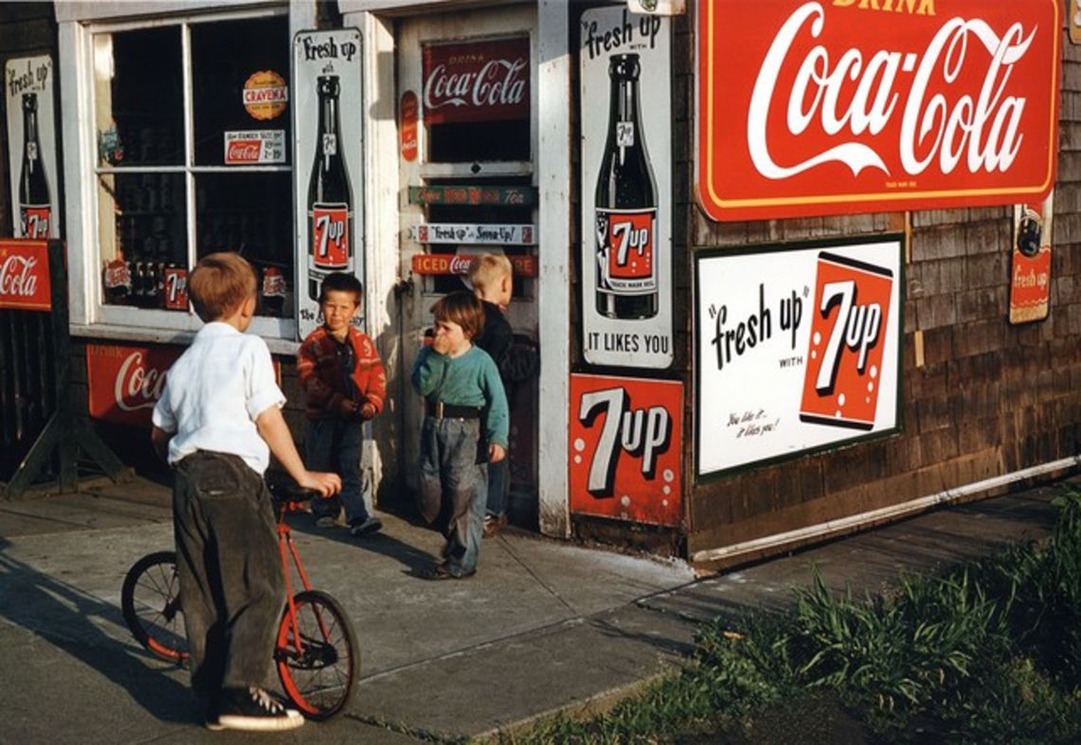
From B+W to Color
Originally, he worked in black and white. But, when exposed to the introduction, in 1935, to Kodachrome, a new direction clicked. But the new Kodachrome film was initially considered a product for amateur slides, and was a process that most “serious” artists resisted. So, in fact, Herzog became one of the most known figures for his unusual use of color in the 1950’s and 1960’s. Certainly an early practitioner of using color slide film for “street/art” photography. However, how would you hang a slide on the wall of a gallery? There were many obstacles that would only realize solutions years later.
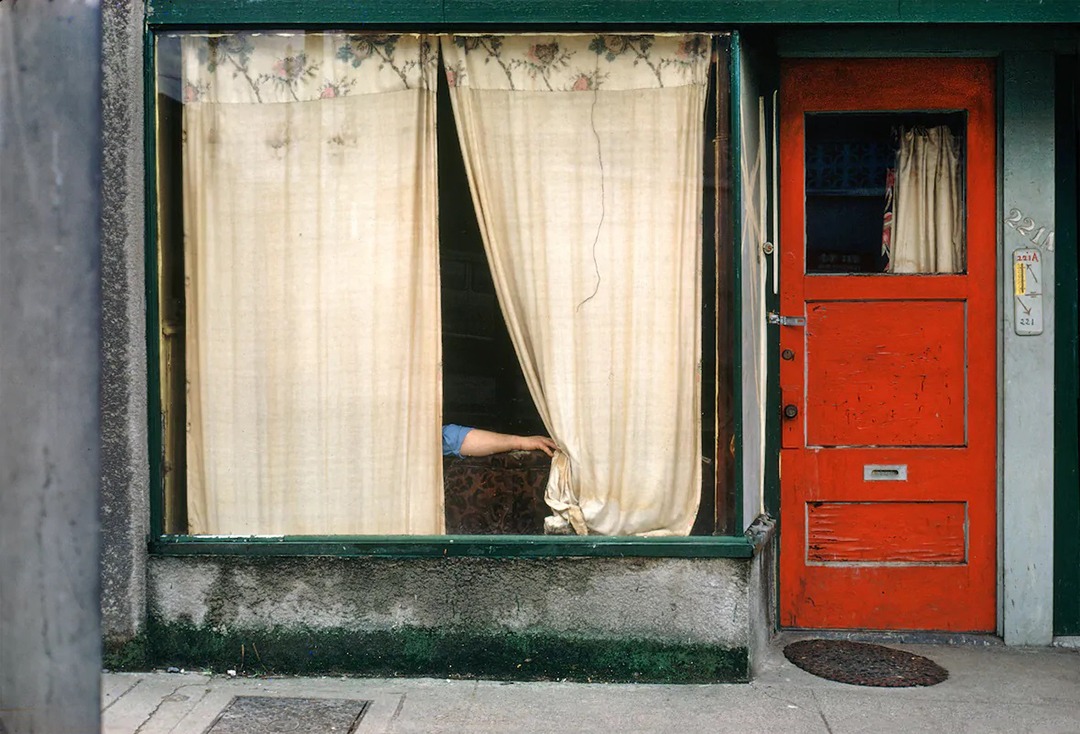
35MM Freed a Generation
With advances in camera technology, like the Kodak Retina and, of course, the Leica M3, Fred Herzog began photographing the semi-urban west coast of Canada. He always felt the subject shouldn’t know they were being photographed. Herzog worked almost exclusively with Kodachrome films for over 50 years, (stubborn?), but only technology catching up enabled the practice of the archival pigment prints that would match the color and intensity of those slides.
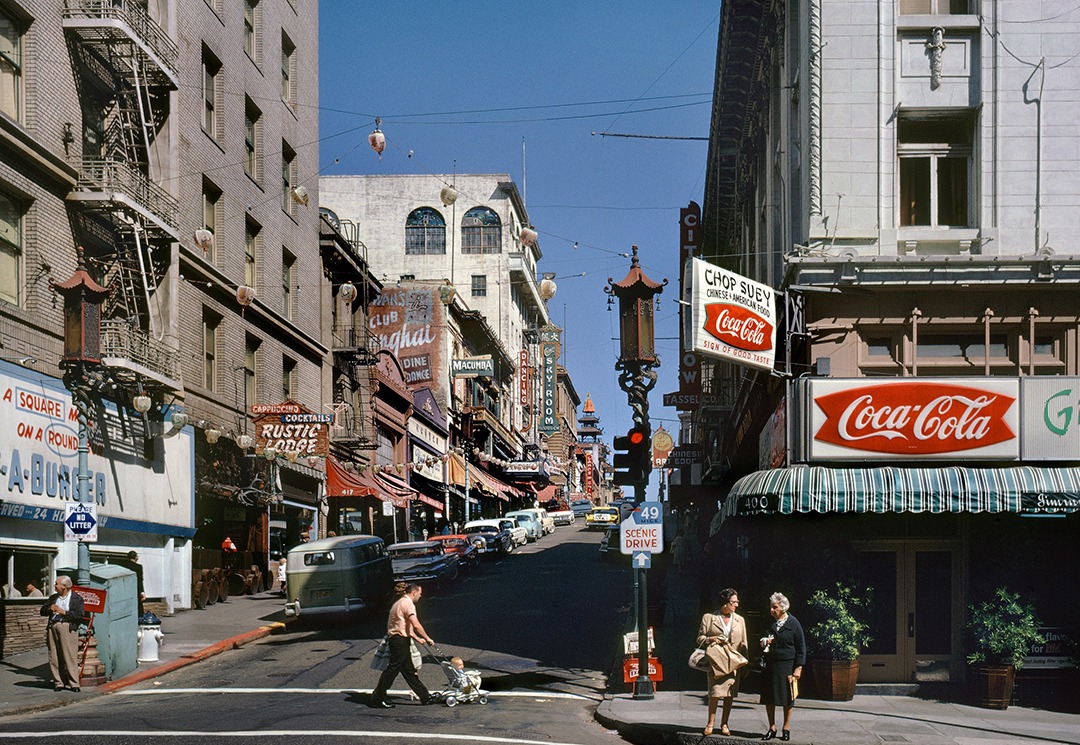
It took a while, but now Fred Herzog’s work is recognized for the massive impact it actually had on photography. Although, as I said, producing Cibachromes/Ilfochromes was relatively expensive, the importance of his vision has finally received the accolades they always deserved. Included in his long awaited monograph are essays from David Campany, Hans-Michael Koetzle and Jeff Wall. They all shed light on the intensely colorful visual world of a true artist’s life. He died on September 9, 2019 at age 88. At least the world finally caught up with Fred Herzog.
EQUINOX GALLERY

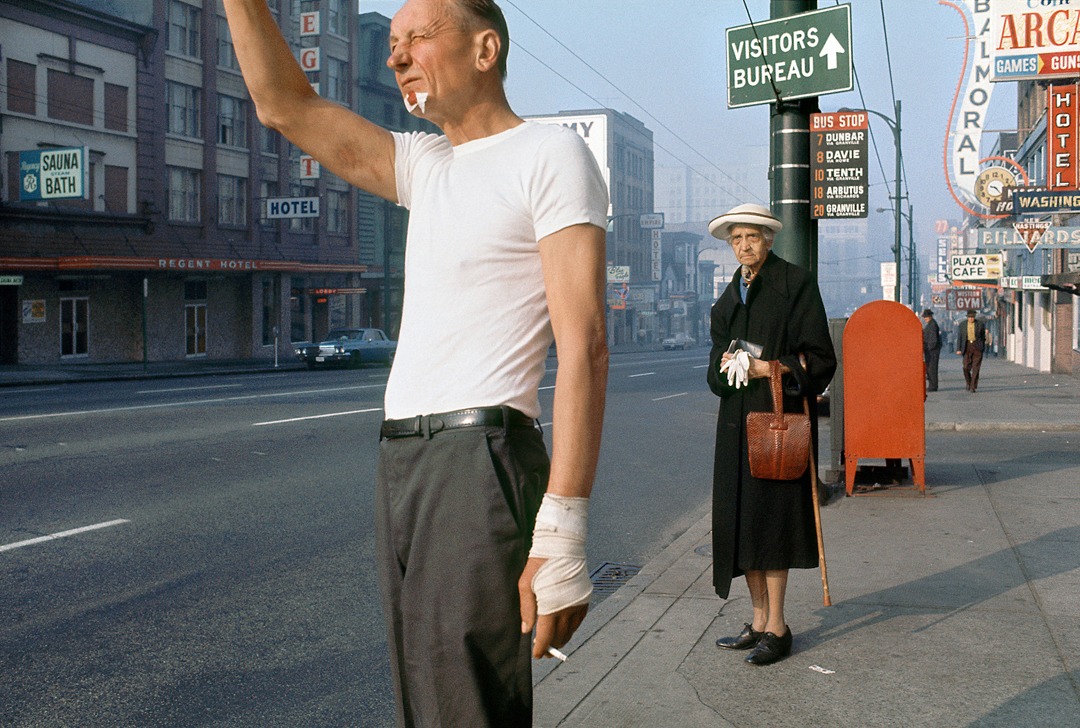
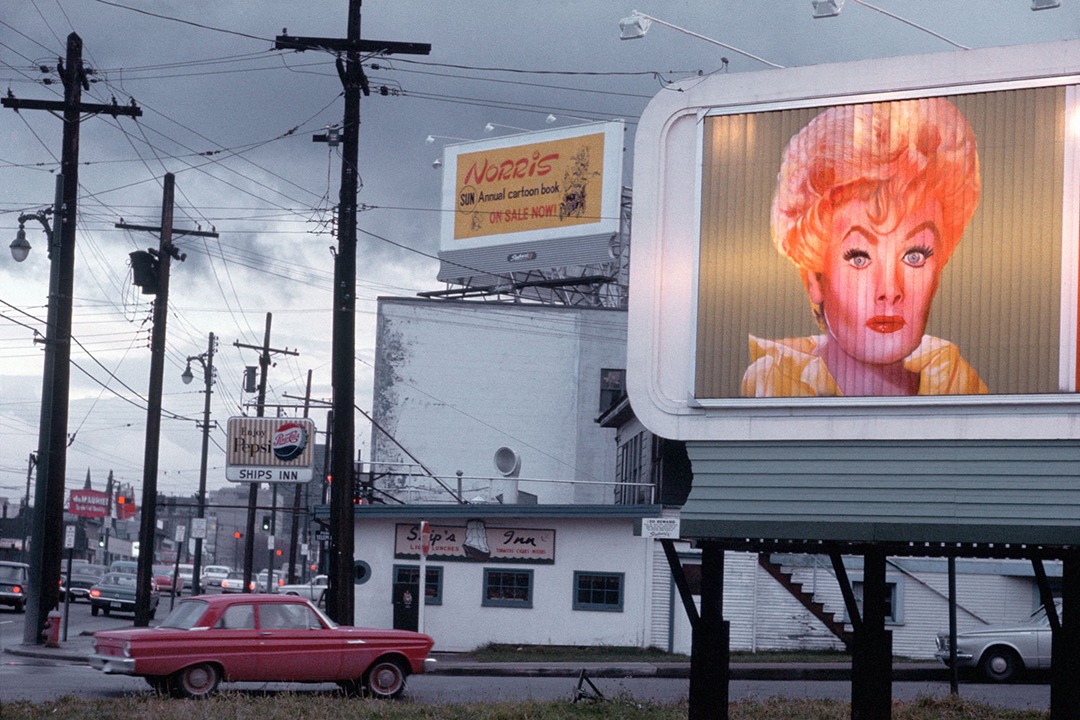
I love this kind of photography — just a good look at what the world around the photographer looked like at a point in time. That these are boldly colored Kodachromes is the butter-cream icing on the cake!
Hi Jim,
Yeah, and the prints done on Cibachrome/Ilfochrome were phenomonal. Although, most of the prints in galleries/museums and for sale from his estate are archival pigment prints. But still very beautiful.
Federico
My photographic hero. Thanks for a great article. I’ve been trying to get a similar look for years. Failed miserably.
Hi Hernando,
I think Ektachrome is probably the closest to Kodachrome. But you would have to scan and print. No Cibachrome/Ilfochrome. 😥 (I would go with Ektar 100 myself)
Cheers,
Federico
I’d been entertaining the thought of Ektar, too.
Great work on the Web site. I read it daily.
Hernando
It’s totally understandable that he was unappreciated until late in his life. Herzog made excellent photographs, but at the time of creation they were probably not considered that interesting since they mostly depicted fairly unexciting moments of people’s everyday reality. , Sure, they lacked the “Fine Art” label then only bestowed upon black and white photography and printing from positives was more difficult but that was never the main obstacle to exhibition.
But 50+ years later they became glimpses into another world and the rarity of colour historical candid images of that quality makes them highly compelling now.
👍